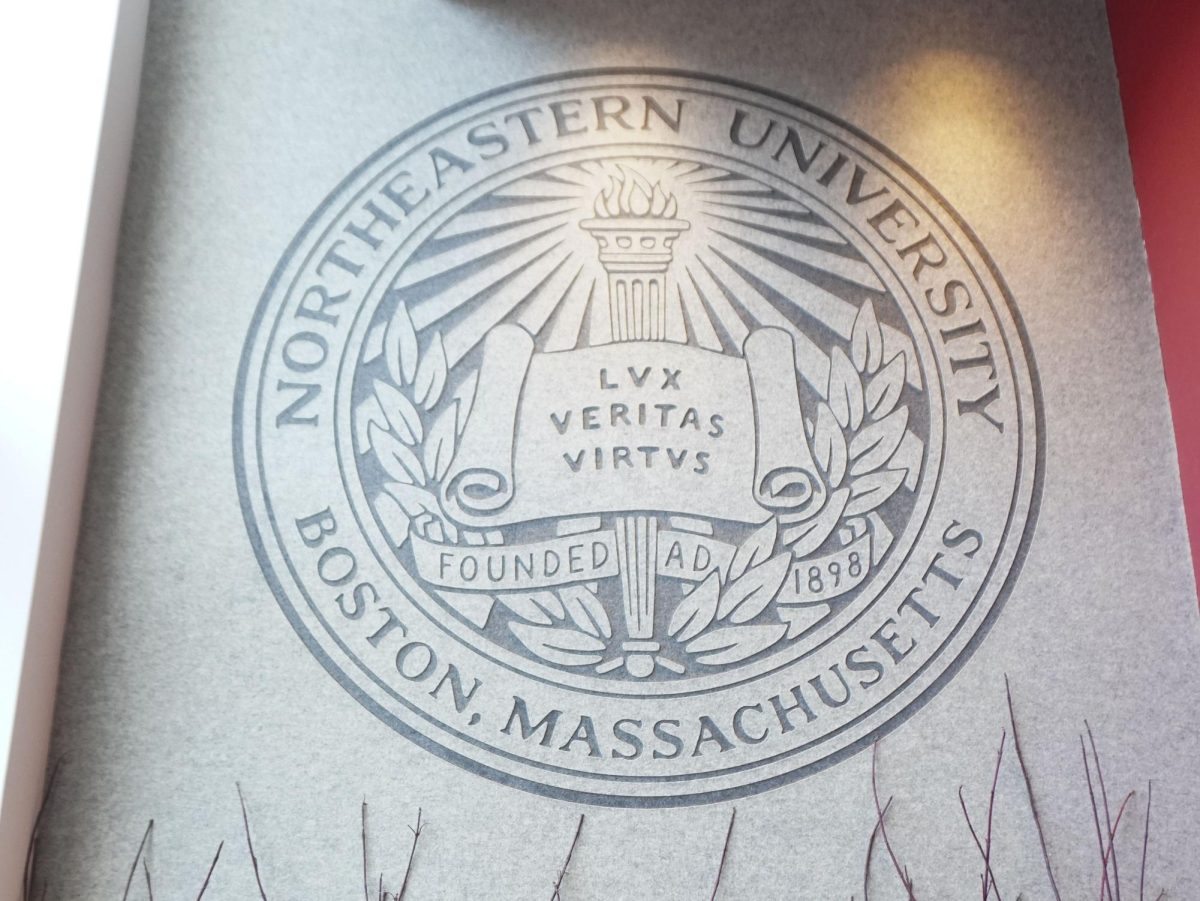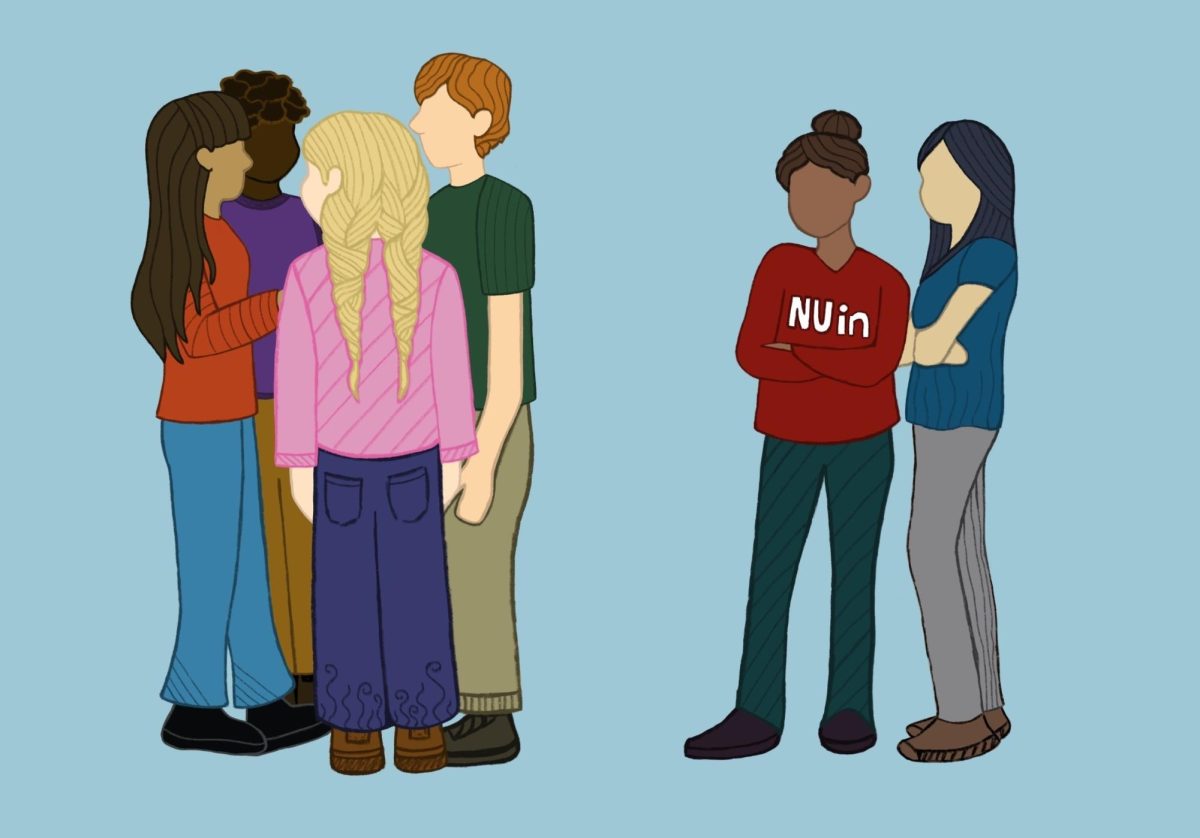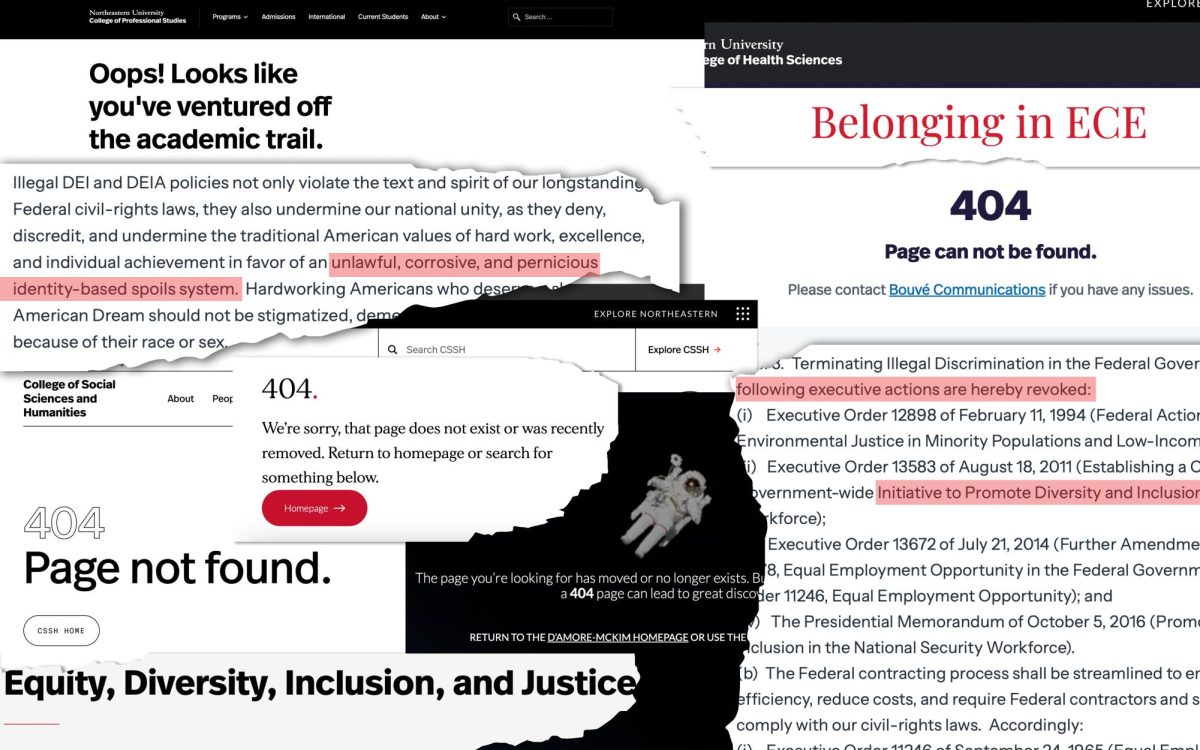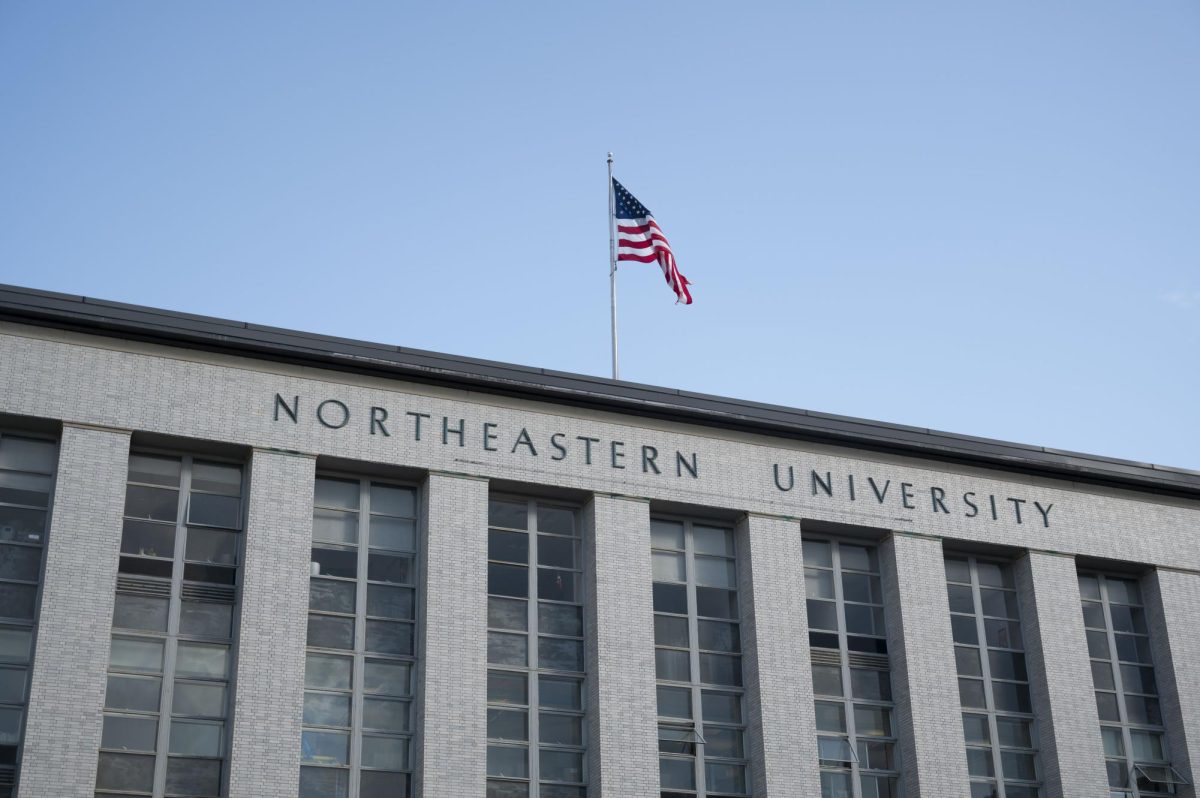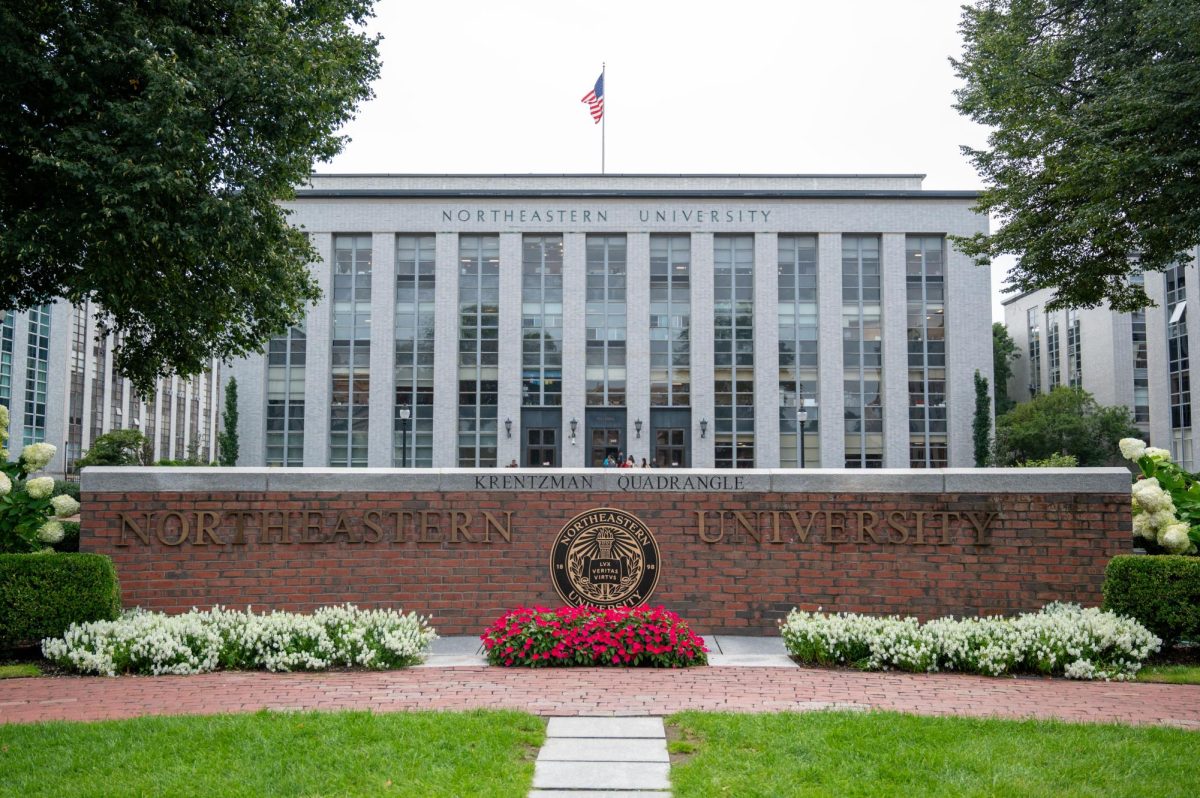Women younger than 25 now are more likely to hold college degrees than men in the same age group, following trends of increasing female participation in the workplace, according to data released by the US Census Bureau earlier this month. The Bureau also found that for the population older than 25, men still held more degrees than women and those people with college degrees earned significantly more than those with only a high school degree.
However, Neal Fogg, director of enrollment research at Northeastern, sees no disparity between genders when it comes to college degrees. Fogg said the freshman retention rate, the area where colleges see the most attrition, has been “virtually identical” for the past few years. But he said different areas of schools at Northeastern have different demographics.
At Northeastern, 51 percent of last year’s entering freshman class were males and 49 percent were females, according to the Northeastern Fact Book, a survey released yearly by the Office of Institutional Research. The ratios have traded back and forth since 2002, with the highest percentage of females occurring in 2003, when women represented 53 percent of students.
“Bouv’eacute; tends toward more female students, while the engineering school and criminal justice school tends more to be male,” Fogg said.
According to that same report, 39 percent of students in the College of Arts and Science are male, and 22 percent in Bouve are male. Other colleges in the school have more male students than women: 91 percent of the College of Computer and Information Science students and 57 percent of the business school are male. Degrees granted by these respective colleges also reflect these demographics.
The Census study was the first that found a higher number of college degrees in women for any age group. But Kamran Dadkhah, professor of economics, said trends leading to gender equality are nothing new. “Before World War II, women had [specific occupations], like nurse, [or] teacher,” he said. “Today women can be anything.” An increase of women in the workplace, and specifically in higher paying jobs, can skew the income distribution, Dadkhah said. Before women gained stature in the workplace, a middle- or upper-class household typically had only one source of income.
As women entered the workplace with increasing frequency, he said, higher income families began making approximately twice the income because spouses of professionals and businessmen entered those high-paying fields as well. But lower- income families, which traditionally had two sources of income, are half as wealthy. Effects are farther reaching, Dadkhah said. “Women have more inclination to cut careers short [to raise children] and then re-enter the workplace,” he said. “They want more flexible hours.”
Reasons for a greater number of women in the workplace are varied, but there are a few identifiable factors, Dadkhah said. “Looking at population projections, there are more women in the country,” he said. “This trend will only increase.” Dadkhah described greater female presence in the workplace as a “worldwide phenomenon.” Before Iran became a dictatorial state, he said, more women there went to college.
“Women were denied opportunities in the past,” Dadkhah said, before citing this as a reason for more women earning college degrees and joining the work force. Statistics released by the Bureau of Labor Statistics show that labor force participation among women is increasing, while the numbers for men are decreasing. In 1975, 77.9 percent of men and 46.3 percent of women older than 16 were either employed or recently employed. In 2000, the labor force participation rate for men was 74.7 percent and that same rate was 60.2 percent for women. Dadkhah said these trends will continue. Students have seen trends in workplace participation, but some say there’s still need for more change. “There are still jobs that are male dominated,” said Alyson D’Lando, a senior communication studies major. “It’s harder for women to get ahead in the workplace, but the laws have gotten better.” And some issues are harder to resolve, D’Lando said.
“It’s hard for men to answer to women,” D’Lando said. “It’s hard to change people’s views that have been there throughout the years.”





